Description
Familiarity with treatment
Limb amputation is a surgical procedure that involves the removal of a limb, either partially or entirely. This procedure is usually considered as a last resort when other treatment options have been exhausted, and the limb is jeopardizing the individual’s health or quality of life.
Procedure
During a limb amputation, the surgeon removes the affected limb while striving to preserve as much healthy tissue as possible. The level of the amputation depends on the extent of the disease, injury, or other factors. After the amputation, the remaining stump may be shaped and modified to optimize its function for prosthetic use.
Who is it suitable for?
Limb amputation may be suitable for individuals who have:
- Severe trauma to a limb that cannot be reconstructed
- Irreversible damage due to vascular disease, infection, or other medical conditions
- Advanced cancer or tumors affecting the limb
- Severe deformity or dysfunction that significantly impairs mobility and quality of life
Who is it not suitable for?
Limb amputation may not be suitable for individuals who:
- Have a reasonable chance of preserving the limb’s function and viability through other treatments, such as limb salvage surgery or advanced wound care
- Have severe medical conditions that make surgery and recovery extremely risky
- Do not have adequate support or resources for post-amputation rehabilitation and prosthetic care
Advantages
- Relief from severe, treatment-resistant pain and discomfort
- Removal of diseased or non-functional tissue, reducing the risk of further complications
- Improved mobility and potential for prosthetic use
Complications
Complications associated with limb amputation can include:
- Phantom limb pain
- Wound healing issues
- Infection
- Psychological and emotional challenges related to adjusting to limb loss
Preoperative care
Preoperative care for limb amputation involves thorough patient evaluation, including imaging studies and assessments to determine the most appropriate level of amputation. It may also involve optimization of the patient’s overall health and addressing any specific medical conditions to prepare for surgery.
Postoperative care
After limb amputation, patients will require comprehensive postoperative care, including wound care, pain management, and rehabilitation. Physical and occupational therapy are crucial for learning to use and adapt to a prosthetic limb, if applicable. Long-term follow-up care is essential to monitor for any complications, provide ongoing support, and optimize the individual’s functional independence and quality of life. Psychological support is also critical for individuals as they adapt to the physical and emotional changes following limb amputation.
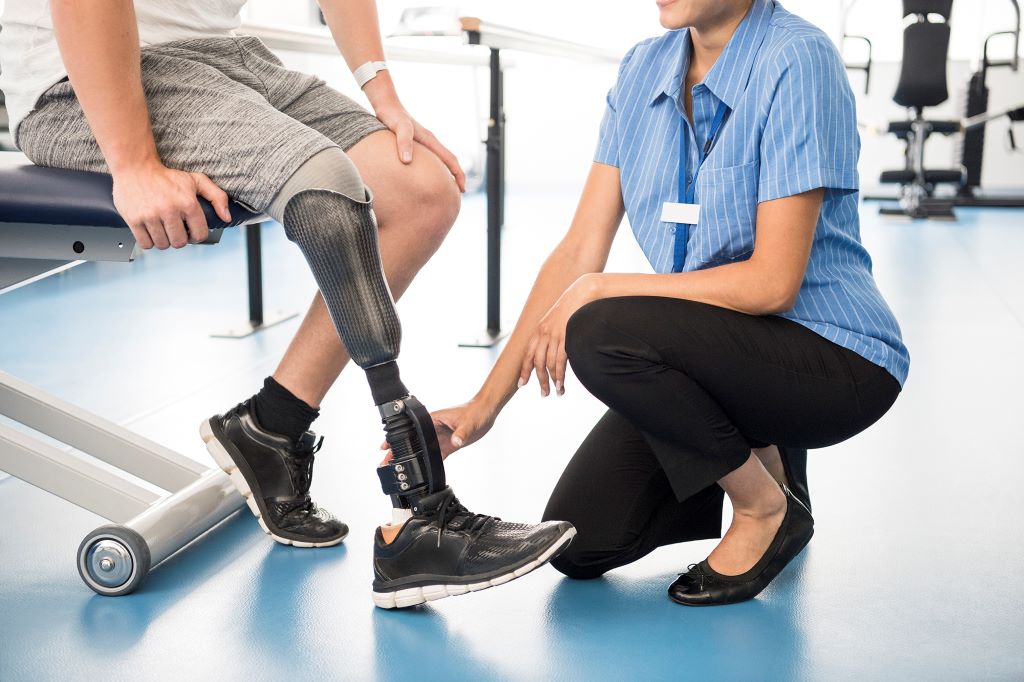
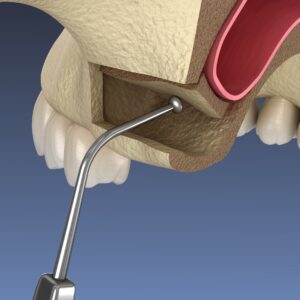
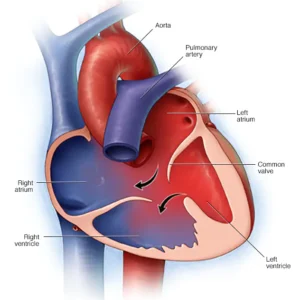

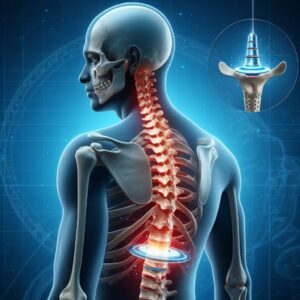
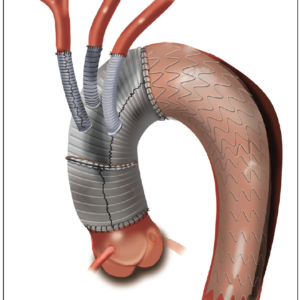
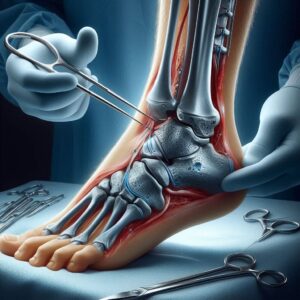


Reviews
There are no reviews yet.